EXECUTIVE SUMMARY
Overvoltage Protection:
Key Changes in the 2023 NEC Around Surge Protective Devices (SPDs)
- Surge protective devices reduce electrical equipment failure.
- Surge protection helps improve ROI.
- Key updates in the NEC require SPD installation for new or replacement equipment.
- ABB solutions provide the surge protection needed to protect investment.
Overvoltage Protection: Key Changes in the 2023 NEC Around Surge Protective Devices (SPDs)
Speakers
Context
Key Takeaways
Surge protective devices reduce electrical equipment failure.

Electrical surges cost the economy $5 to $6 billion annually
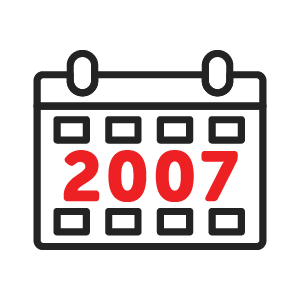
This is a 40% increase over 2007
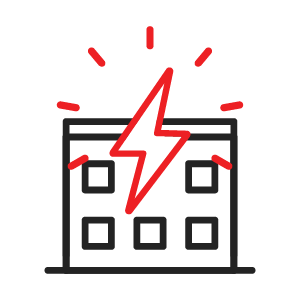
A typical building experiences up to 150 surges per month
SPDs use MOVs to reduce voltage
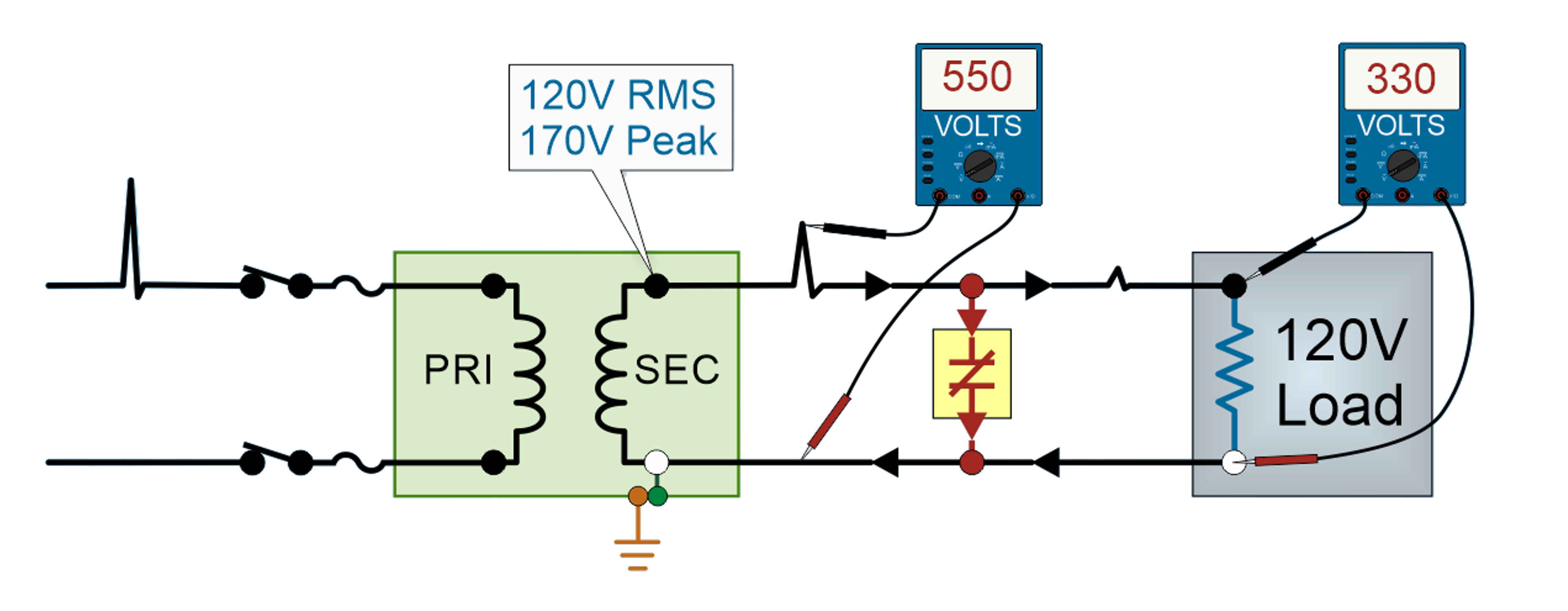
Brian House, Mike Holt Enterprises
Surge protection helps improve ROI.
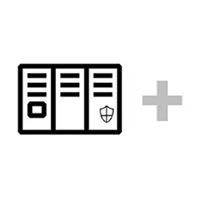
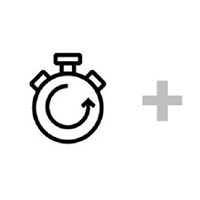

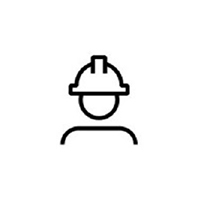








Brian House, Mike Holt Enterprises
Key updates in the NEC require SPD installation for new or replacement equipment.
NEC Article 215.18
Article 215.18 requires that SPDs are installed for new or replaced distribution equipment where a feeder supplies dwelling units, dormitory units, guest rooms and suites, and patient sleeping areas of nursing home/limited care facilities. The SPD must be installed in or adjacent to the distribution equipment which contains the branch-circuit overcurrent protective device(s) and must have a nominal discharge current rating of not less than 10kA.
The SPD is required to be either Type 1 or Type 2. Type 1 is designed to be used ahead of the primary overcurrent protective device and has built-in safety features so that protection specifically for the device is not required. Type 2 is designed to be used after the primary overcurrent protective device.
NEC Article 225.42
NEC Article 230.67
- 230.67(A) now requires surge protection for dwelling units, dormitory units, guest rooms and guest suites of hotels and motels, and areas of nursing homes and limited care facilities used exclusively as patient sleeping rooms—regardless of the size of the structure or number of rooms.
- 230.67(B) requires that, where a service supplies a dwelling unit, an SPD must be provided in or adjacent to the service equipment. (Exception: the SPD is permitted to be at the downstream panelboard. Multiple downstream panelboards require multiple surge protective devices.)
- 230.67(D) says that where service equipment is replaced, surge protection must be installed.
- 230.67(E) requires that SPDs have a nominal discharge current rating of not less than 10kA.
ABB advises the best practice of keeping the length of conductors to the SPD as short as possible. Longer conductors significantly reduce the effectiveness of the SPD.
NEC Article 242
Article 242 provides the general installation and connection requirements for overvoltage protection and overvoltage protective devices.
242.9 requires that an SPD provide indication that the equipment is functioning correctly
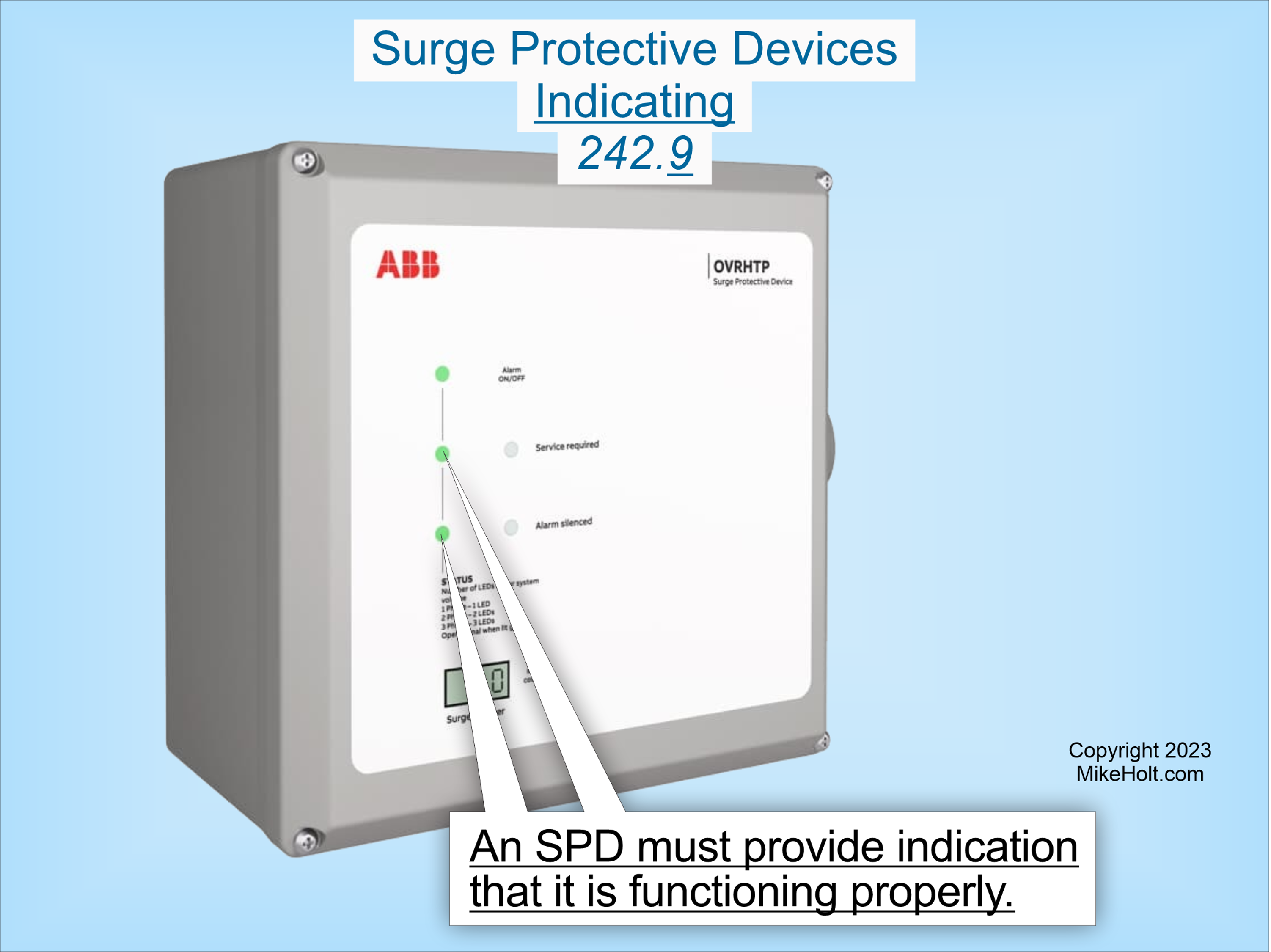
NEC Article 242.13(B)
Article 242.139(B) requires that where Type 1 SPDs are installed at the service, they must be connected to the service neutral conductor, the grounding electrode conductor, the grounding electrode for the service, or the equipment grounding terminal in the service equipment.
Other Article Updates
- Article 242.14(A) allows only one conductor to be connected to a terminal unless the terminal is identified for multiple conductors.
- Article 695.15 requires an SPD for fire pumps.
- Article 700.8 added a requirement for SPD use when switchgear is used in emergency systems.
- Article 760.33 requires an SPD for fire alarm control panels
ABB solutions provide the surge protection needed to protect investments.
Kimberly Fairley, ABB
Additional Resources
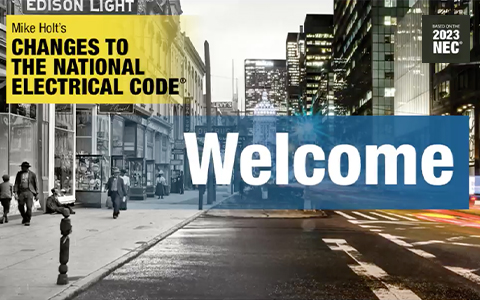
This webinar will discuss a few changes made in the 2023 National Electrical Code (NEC) that recognize this critical component in today's electrical systems.

Brian House explained the importance of SPDs and outlined key SPD-related changes to the NEC. Kimberly Fairley discussed ABB’s SPD portfolio.
Surge Protective Devices Catalog




